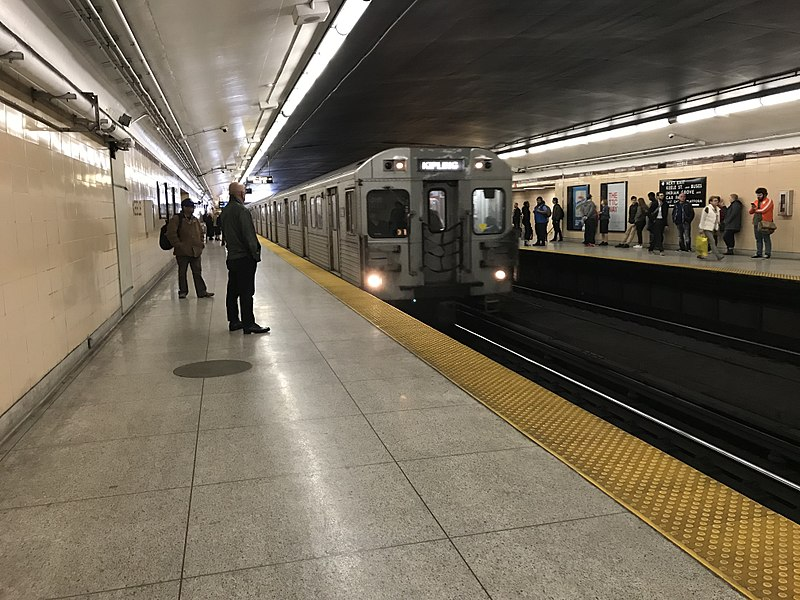The subway is one of the most popular modes of transportation in Canada. The rapid development of megacities and the growth of the population led to the appearance of subways in large cities. Over time, Toronto’s surface transportation options failed to meet the needs of local residents. Therefore, this city became the first among all Canadian settlements to have a subway. Learn more at toronto-future.
How did the first three subway lines appear in Toronto?
For the first time, Toronto residents used the underground train on March 30, 1954. The subway relieved the activity of other modes of transport. In terms of congestion, the Toronto subway ranks second among other cities. Over time, a whole system of underground, surface and above-ground high-speed transport lines was built in Toronto. Each of the subway lines is marked by colour, namely yellow, green, purple, blue and red.
The Yellow Line running under Yonge Street and a little bit under Front Street was the first to be built. It was put into operation on March 30, 1954. Initially, it connected 12 stations and was 7.4 km long. Subsequently, this line was actively expanded and combined with new branches of high-speed transport.
Almost immediately after the appearance of the Yellow Line, the city started to think about the creation of a second line. Its project was approved in 1956 and started to be implemented. The Green Line was opened on February 26, 1966. It is also known as the Bloor-Danforth line. Back then, it consisted of 20 stations. Later, it was expanded in both directions. Its development stopped in 1980. The line runs through downtown Toronto. When the subway closes at night, buses continue to operate this route. Most of the stations of the Green Line are underground and look typical, not featuring any special architectural solutions.
The Blue Line was the third one in Toronto. It connected six stations and was opened on May 24, 1985. Local residents also call it the Scarborough Line. At the end of the 2000s, the city considered its reconstruction, but, in the end, they decided to close it and expand the second one. It featured technology called a light metro. It used fully automated trains of smaller sizes compared to other lines. In addition, its track width differed too.
The appearance of the fourth and fifth subway lines

The fourth Purple Line, also known as the Sheppard Line, connecting five stations began operating on November 24, 2002. Its construction continued since 1995. Its length is 5.5 km, and thus, it is the shortest of all lines. Initially, they planned to build a much longer line, but due to insufficient funding, the length was changed.
The Red Line appeared the latest. On December 17, 2017, it was opened to the local residents and travellers who regularly visit one of the largest Canadian cities. Its length is 8.6 km. The Red Line connects six stations. Regardless of the time of year, Toronto is full of tourists. The metropolis surprises and attracts not only with its architectural monuments but also with numerous recreational areas. You can get to local landmarks and natural spots by the subway. The stations have been conveniently located so that people can get to any corner of the city.
The Toronto subway is constantly undergoing some changes. Some lines are being expanded, while others acquired abandoned stations. The most popular of them is Lower Bay. It functioned for only six months. Now, it is a shooting location, which appeared in the film Johnny Mnemonic.